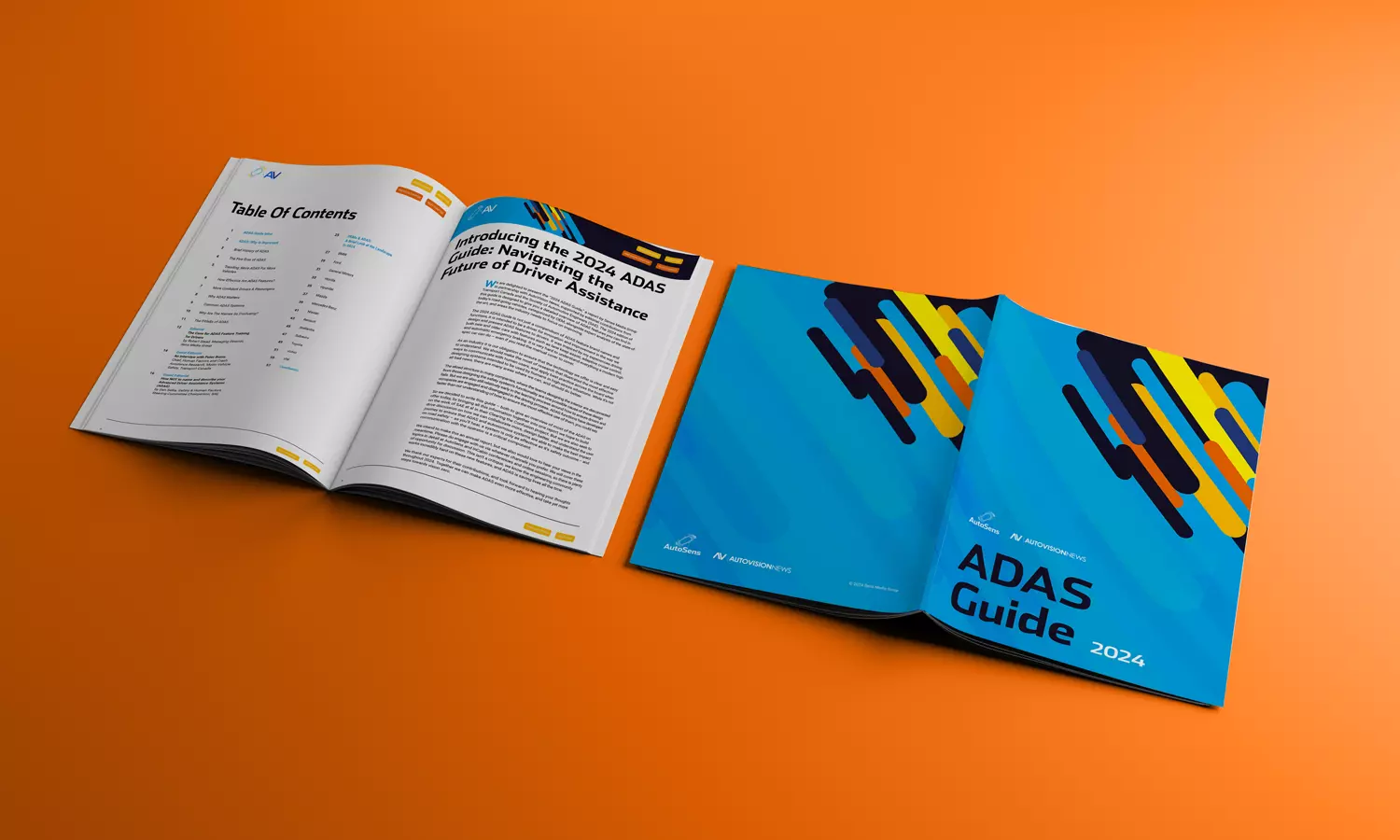A couple of weeks ago, we launched the 2024 ADAS Guide, a report with the contribution of Dan Selke, Chair of the SAE ADAS Technical Committee, who delves into the critical issue of naming and describing ADAS functionalities.
In this article, discover the challenges posed by diverse terminology and the groundbreaking SAE J3265 methodology, designed to establish standard names and definitions for driving automation systems. And uncover how this systematic approach, supported by SAE International, aims to enhance user comprehension, provide clear guidance to developers, and contribute to international standardization efforts.
Since the 1990s, active safety systems—including driver assistance systems—have been deployed in on-road vehicles. As the number and range of functions associated with driver assistance technologies and now, driving automation systems—including automated driving systems (ADSs)—increase, it is crucial that users understand what they do and how they typically function. Across vehicle manufacturers, very different names are often given to the same basic vehicle technology. In this regard, a survey conducted by the AAA Traffic Safety Foundation (American Automobile Association, 2019) found 20 different names for adaptive cruise control, 19 for lane keeping assistance, and 19 for blind spot warning features; the same report noted that there is often a mismatch between feature names and feature functionality. While each manufacturer may use unique “branding” or “marketing” names for these systems and features, it is important to promote clear communication about them to prevent misunderstanding, confusion, or misuse. Key to this goal is a need to identify standard public-facing names and corresponding basic definitions that employ user-friendly language for these systems and their features. To support this goal, SAE J3265 – Naming Methodology for Driving Automation Systems was created and integrated a complimentary set of test procedures and evaluation methodologies to provide a systematic process for identifying and evaluating standard names and definitions for driving automation system features and for identifying a “user vocabulary” of standardized terms and descriptions for these systems and features.
The J3265 methodology described was developed though a multi-year effort, supported by SAE International and other organizations, aimed at generating a test approach that would:
(1) yield high-quality evaluation data for new and proposed standard names for driving automation system features,
(2) provide clear and specific guidance to system developers regarding how they can revise names to improve comprehension and user understanding, and
(3) be adopted and performed internationally to support international efforts.
Names and accompanying descriptions of driving automation systems are important because they may be the first piece of information users have about a new feature and may be used by users to infer the purpose, function, and capabilities of the feature. Research has demonstrated that the names given to vehicle technologies influence understanding of their capabilities and limitations. For example, Abraham et al. (2017) conducted a survey in which participants were given the names of 19 driver assistance technologies and then asked to select the division of task responsibility that they would expect to exist between them as the driver and the system. The options presented to the participants roughly corresponded to the driver responsibilities associated with SAE Levels 0 through 5 (refer to SAE J3016). The researchers found that commonly used names for driver assistance technologies, such as “auto,” “pilot,” “assist,” and “cruise,” influenced participants’ expectations about how much support was provided by the automation. Specifically, systems with “cruise” in their names were associated with lower levels of automation, and systems with “assist” in their names appeared to create confusion between whether the driver is assisting the system, or the system is assisting the driver.
Nees (2018) asked research participants to rate 13 different terms that have been used to describe automation in vehicles with respect to the extent to which they perceived the human driver or the automated system to be responsible for each of three driving tasks: steering, accelerating/braking, and monitoring the driving scenario. The results indicated consistent associations between names that included words like “cruise,” “pilot,” and “assist” and the driver’s understanding of their responsibilities.
The Insurance Institute for Highway Safety (IIHS; Teoh, 2019) provided research participants with the names of actual SAE Level 2 driving systems and asked them to indicate which non-driving activities (e.g., talking with a passenger, adjusting the stereo, texting, taking a nap, etc.) from a list they thought would be safe to engage in while the given system was in operation. The results showed that the names of SAE Level 2 driving features clearly influenced drivers’ perceptions of safe non-driving activities while using the system. Although the published research in this area has focused on active safety features, the same dynamic and opportunity for misunderstanding exists regarding the capabilities and limitations of driving automation system features.
While names are not the only factor that influences user expectations and behaviors about driving automation system features—experience, training, and the in-vehicle human-machine interface (HMI) will all clearly play a role—names can impact driving behavior and therefore safety. While some useful efforts have been made in this area (e.g., refer to “Clearing the Confusion,” adas-nomenclature.pdf), the research makes clear that the industry would benefit from having a robust and systematic methodology for selecting the standard names for driving automation system features that promotes accurate understanding of the feature’s capabilities and limitations.









